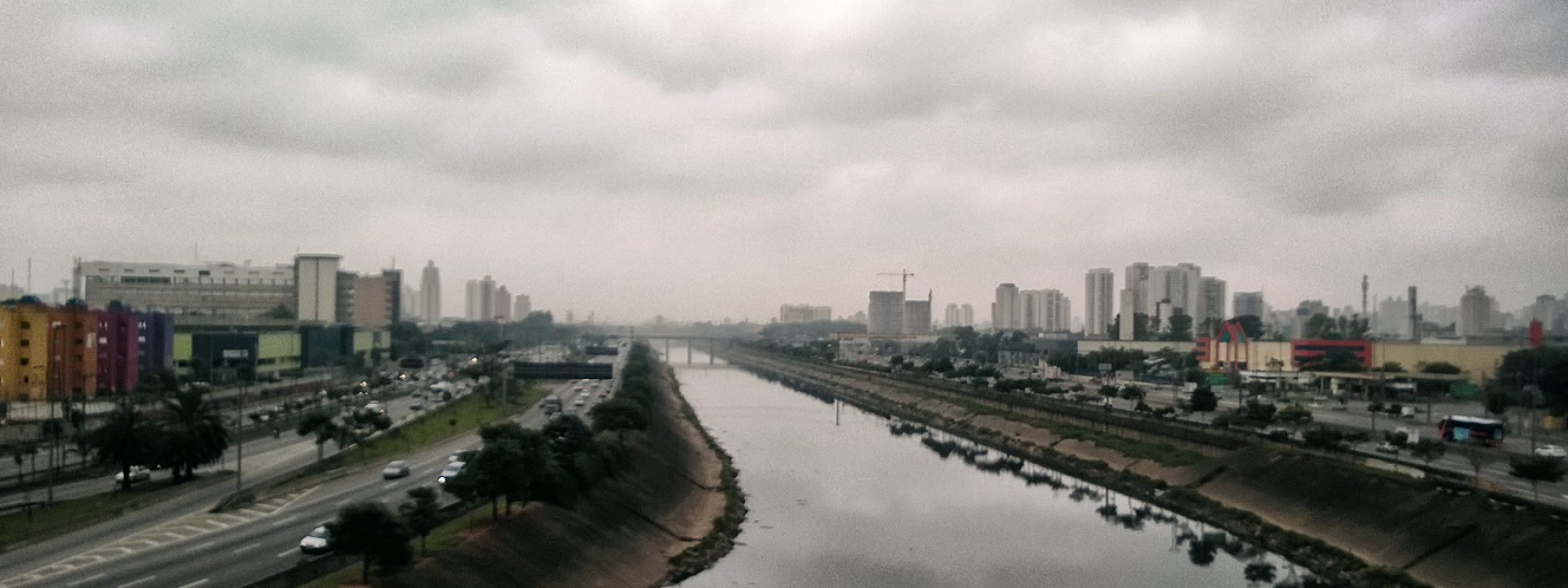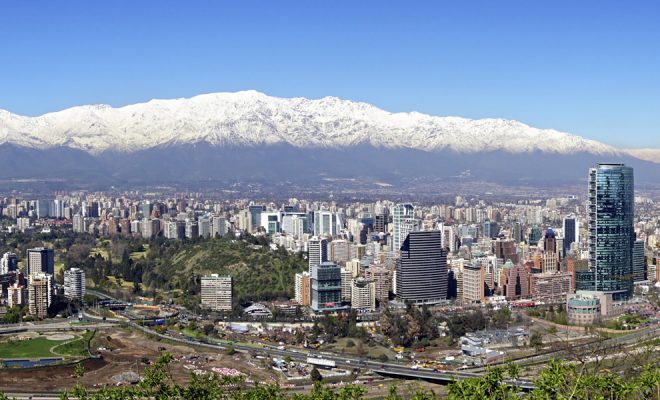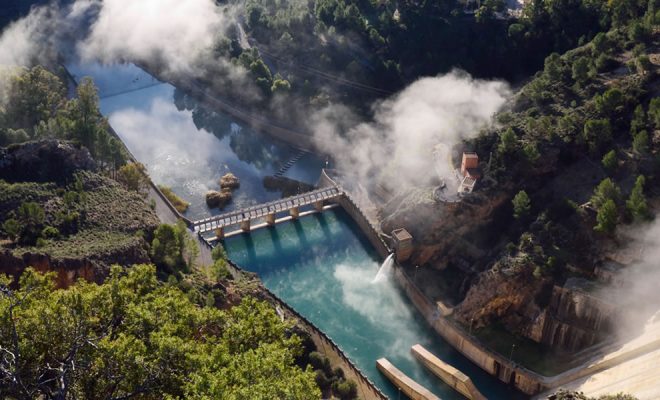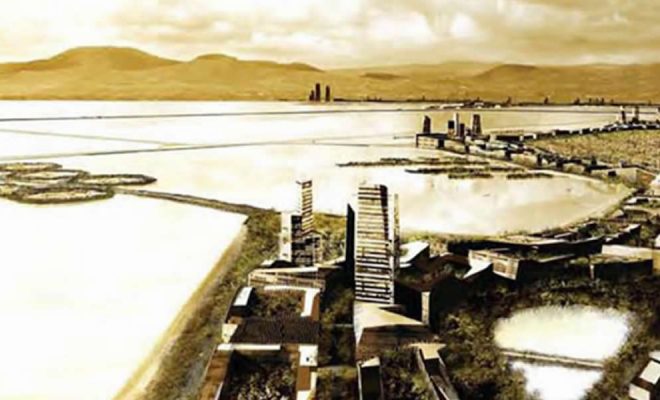“Brazil is a great paradox in the field of water access: it has 12% of the fresh surface water reserves of the planet, but its cities experience the most serious supply problems”. Marussia Whately, the coordinator of Aliança pela Água mentioned this absurd situation currently existing in the largest country in South America in the third conference of the series Water and metropolis, organised by the We Are Water Foundation and Casa Amèrica Catalunya.
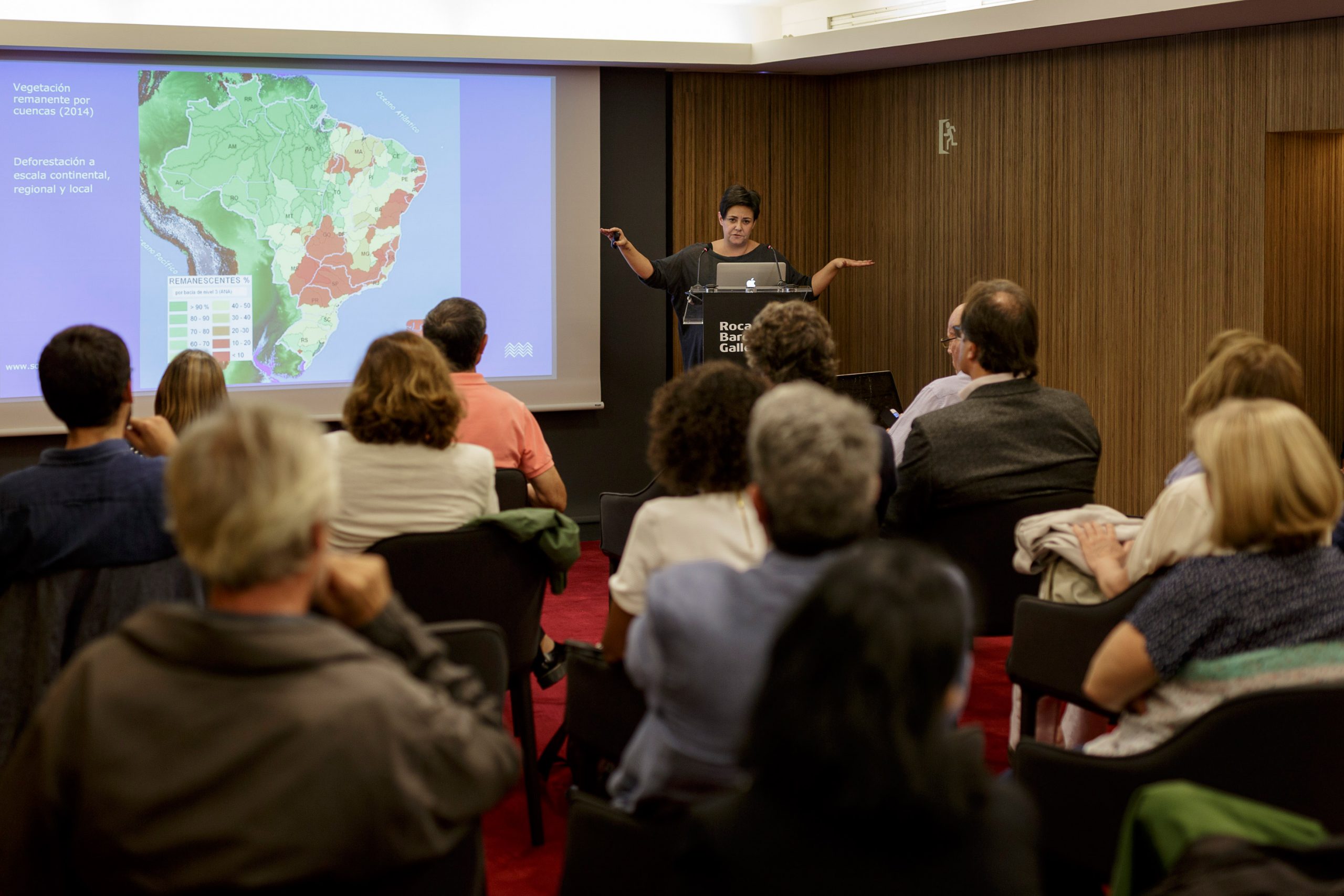
At the Roca Barcelona Gallery, in front of an audience that is well aware of the water management problems the country with the highest reserves is facing, the architect and urban planner clearly described Brazil´s water situation. Whately also defined the causes of the recent severe crisis in São Paulo, which kept the over 20 million inhabitants of one of the 12 largest cities in the world on edge.
An unprecedented crisis
In December 2014, the Cantareira, Alto Tietê and Guarapiranga reservoirs, in charge of the water supply to São Paulo and other 62 inland cities, reached historic minimum levels, triggering the worse water crisis in the city in the last 84 years. The lack of supply directly affected 15 million inhabitants (three quarters of its population), who suffered restrictions of up to 12 hours every day.
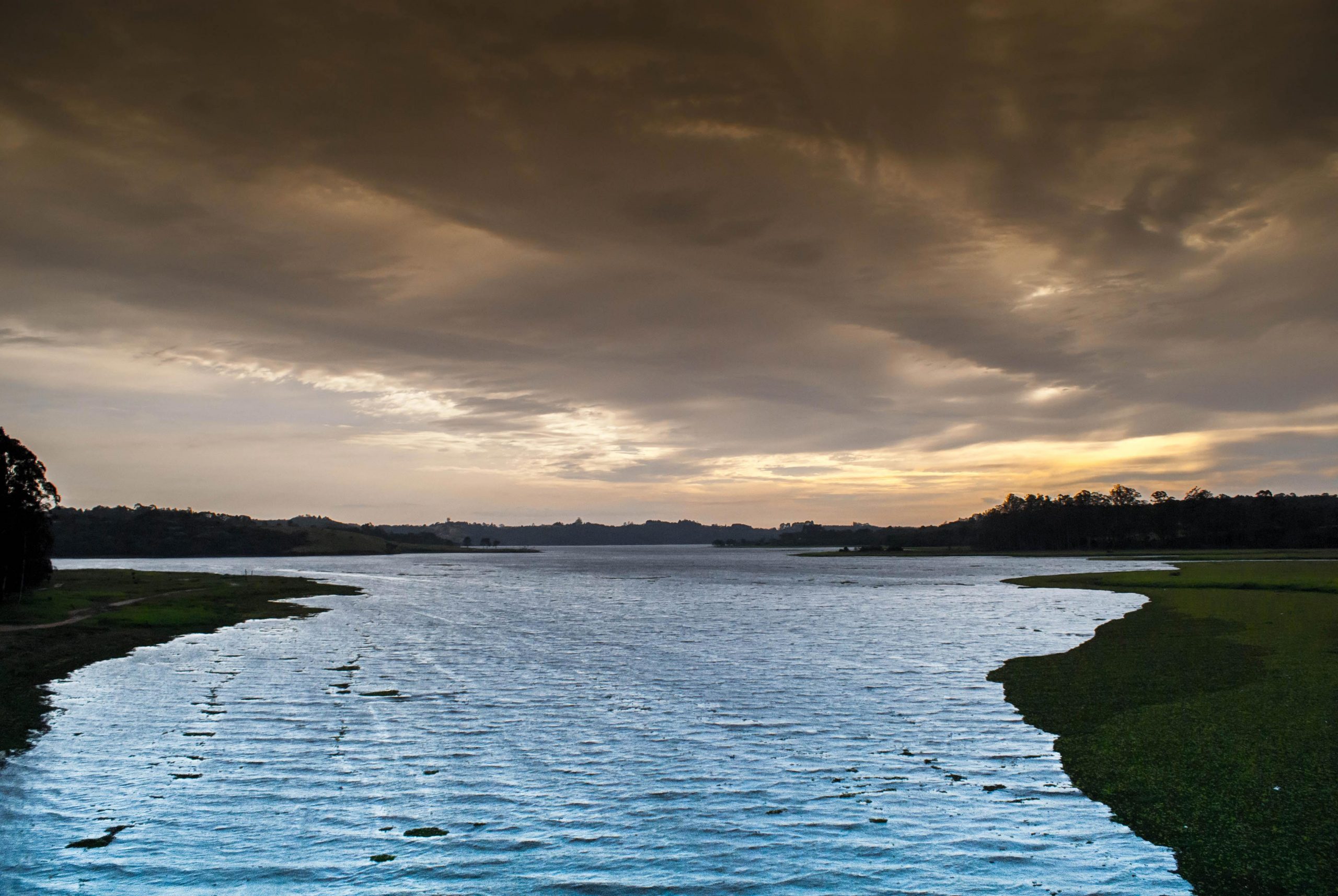
© Luciano Brito. Guarapiranga Reservoir
The lack of water, caused by a severe drought which lasted over two years, caught all operators and the administration unprepared and unveiled the serious water governance problems of the huge city. The agriculture and industry, consumers of 40% of the water of the State, suffered losses amounting to millions, and the economically weaker population was hit the hardest. The water collection in domestic containers caused a plague of mosquitos that originated a dengue epidemic that aggravated the situation, generating times of heightened tension that threatened to cause a social upheaval.
The administration encouraged the saving of water and its waste was fined. The population reacted favourably and one year later the rains arrived and the situation was partly restored, but nothing will be the same in the great city, which was obliged to react and now sees the menace of climate change as something closer and more tangible.
Whately, one of the greatest experts in sustainable management of water resources, explained the causes of the water-related disaster in the most populated city in Brazil. The growth of the urban area of São Paulo was carried out on the basin of three rivers that disappeared, compelling the administration to create reservoirs for the industry and water supply. The mismanagement and the lack of foresight did not control either the pollution or the maintenance of the infrastructures, which reached an untenable situation that is still unsolved: “São Paulo loses 40 % of its water in the supply network. That is the equivalent to the water consumption of Rio de Janeiro”, the architect declared.
The Brazilian paradox
Brazil experiences a conflicting situation in regard to water: most of the population is concentrated in cities in the south east (São Paulo and Rio de Janeiro) and in the north-east (Fortaleza and Recife), areas far away from Amazonia, where the large reserves are located. In 2016, 35 million Brazilians did not have access to drinking water and over 100 million lived without adequate sanitation or any kind of waste water treatment. That year, one out of three towns declared the state of emergency due to the drought, most of them in the north-east region.
Whately explained in detail this situation of hydrological unbalance, its historic roots, which date back to colonial times, and how the recent industrial development has only worsened the access to resources, creating an untenable situation that is now threatened by a climate change that is already evident. “Now it rains less and when it does rain, the downpour is much more violent – Whately declared – The rain that used to fall in one month now falls in one day, and then we have long periods of drought.”
The Brazilian expert explained the philosophy of the association she drove, Aliança pela Água, based on the principles now driven by the Government and the civil society, which are now discussing the dilemma between public or private management, a debate that is taking place in many industrialised countries. “In October 2014, the São Paulo crisis led us to create Aliança pela Água, an association made up of over 60 civil society organisations. We consider that water is not a commodity, it is an essential good and a human right. All the government levels are responsible for water and need to be at the service of the population”.
The architect ended by highlighting the importance of recovering and protecting the water renovation ecosystems: “The management of water resources should be global and it is essential to eliminate pollution, the scourge related to water suffered by Brazil”.
The São Paulo crisis unveiled a state of vulnerability that presents factors that are widespread in most cities in Brazil and that can be found in most cities born out of the urban developmentalism around the world: uncontrolled growth, unsustainable management of water in the immediate area, deficient maintenance of the supply networks, lack of waste water treatment and inefficient and inequitable governance, stripped of any forecasts. Brazil reacts and the planet greatly depends on it.


